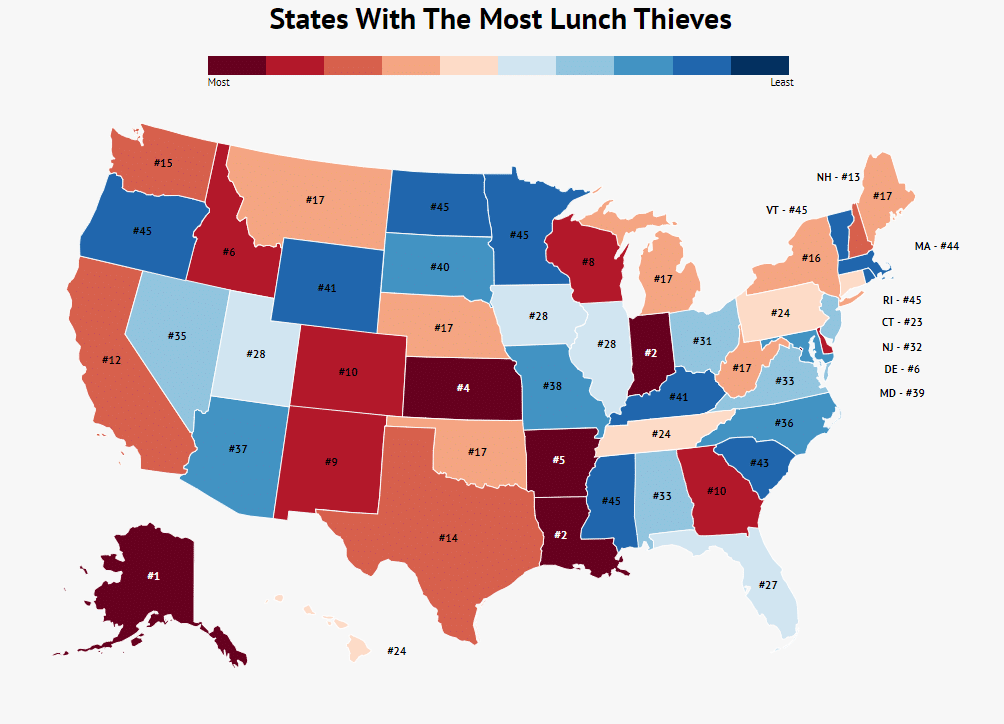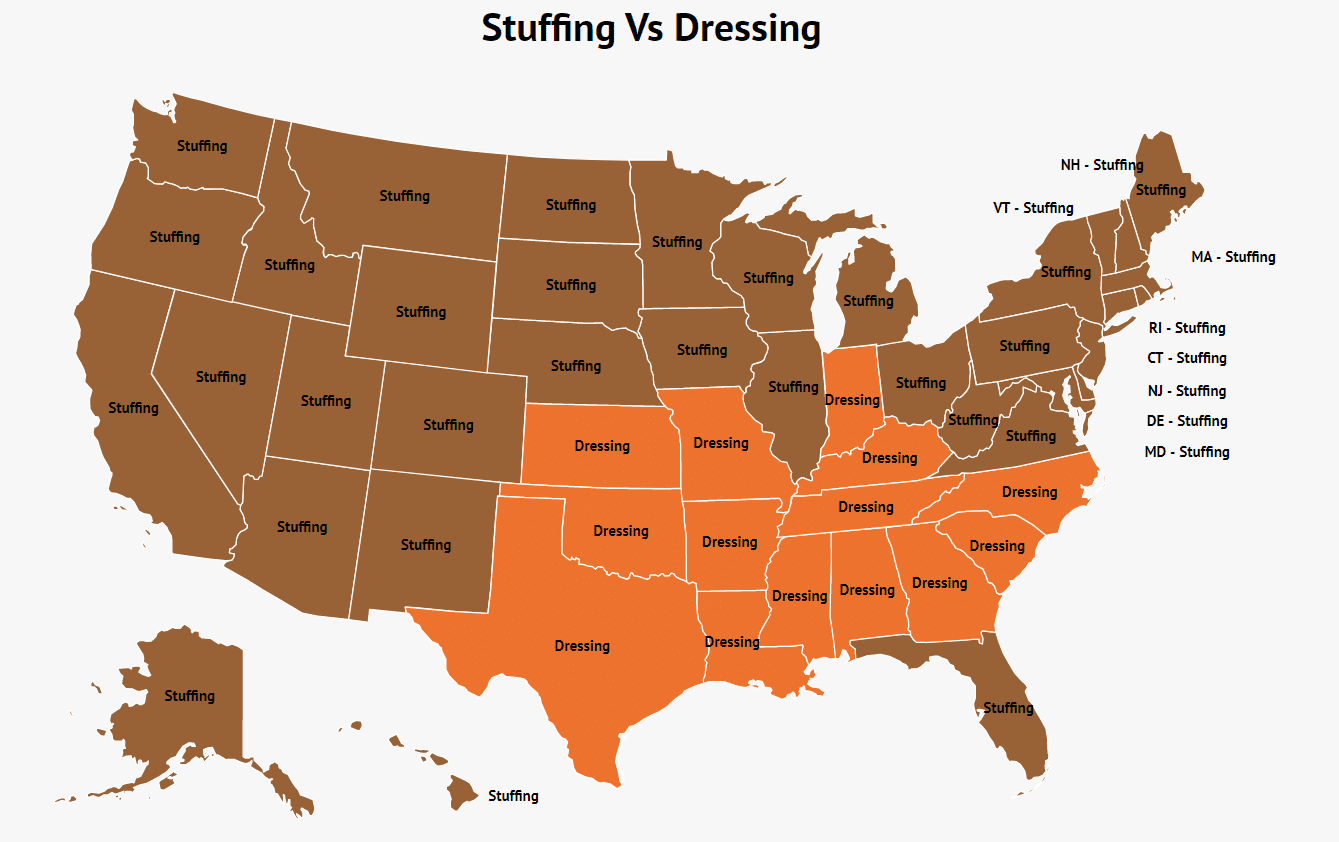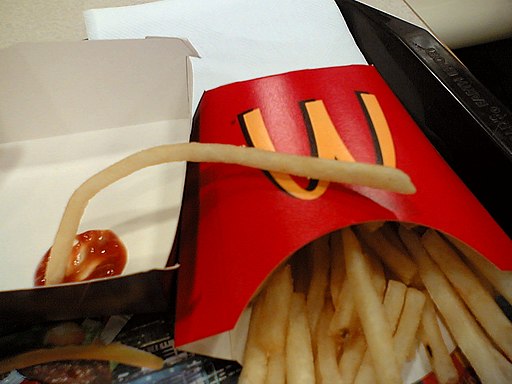33% of workers admit to stealing food from their coworkers
47% of workers have been victims of food theft by coworkers
Alaska is the worst state for food theft in the workplace, with 64.3% of workers swiping food there.
Minnesota, Mississippi, North Dakota, Rhode Island, and Vermont all have no coworkers admitting to stealing food.
Nothing can encapsulate the disappointment of opening the work fridge and finding an empty lunchbox.
Maybe it was just leftovers, or maybe it was something special you looked forward to all morning. Regardless, it was yours. Sometimes not even labeling your lunch can protect it from being pilfered.
What kind of sociopath would have the audacity to take a colleague’s lunch?
To get to the bottom of the sandwich swiping (and office food culture in general), we surveyed over 1,000 American workers. The results? Your seemingly normal coworker at the desk next to you might be perfectly comfortable taking a bite out of your lunch.
Key Findings

Other Interesting Findings
-
Drinks are a common culprit: With respondents citing missing sodas, special coffees, Red Bulls, juices, and other drinks being nicked particularly often.
-
Be careful where you put your food: Food on the counter and candy bowls are almost universally seen as up for grabs.
-
Guard your pizza: 16% of workers believe no permission is needed to take a pizza slice.
-
An astonishing 6% will take food right from a coworker’s lunch box.
Employer Provided Food, No Swiping Needed
Food in the workplace is becoming more common both as a perk and as part of employee engagement. Judging from the number of workers willing to take food without permission, food is in hot demand.
Below you can see a breakdown of the amount (and regularity) of employer-provided food in the workplace, as well as how employees feel about food as a perk.
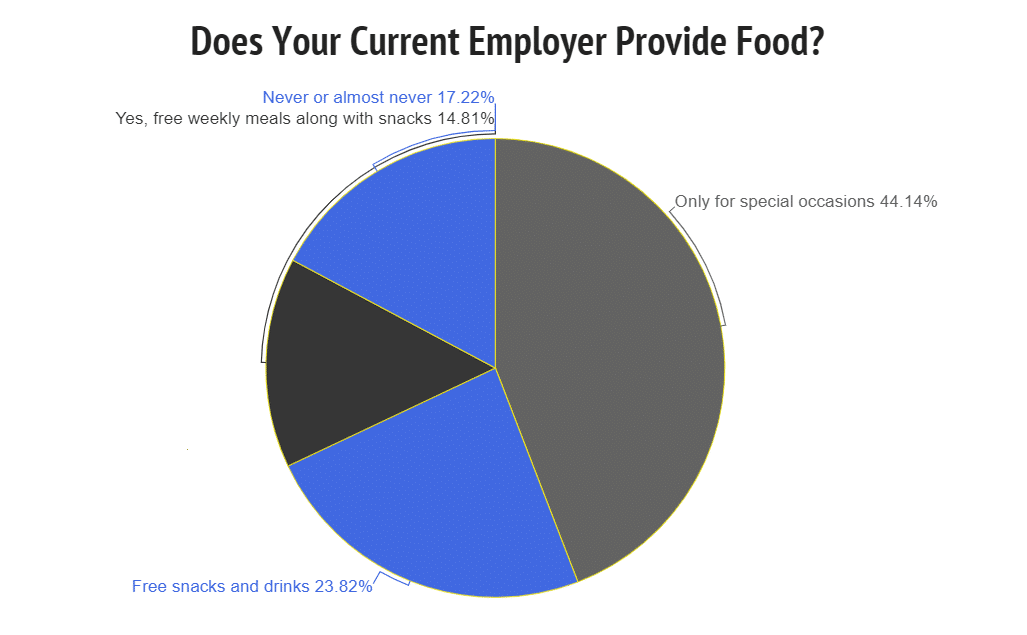
44% of workplaces only provide food on special occasions, such as holiday parties. Another 17% never or “almost never” food.
While the majority of workplaces are not providing food regularly, 39% provide a meaningful food contribution on a regular basis- including snacks, drinks, and occasional meals.
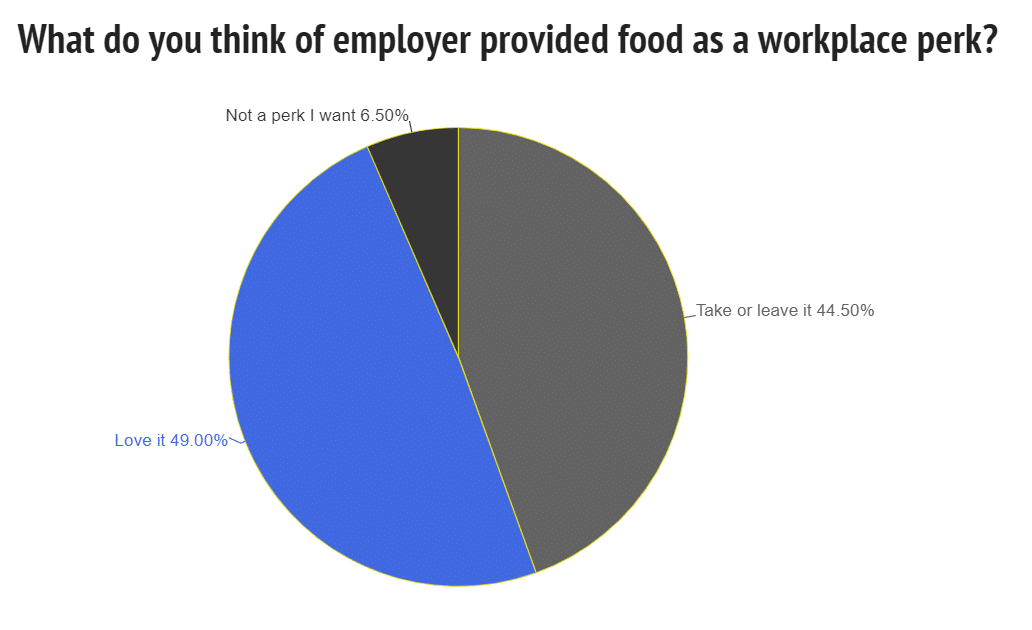
Just under half of all workers “love” employer-provided food, to the extent, it influences their job choices. Another 45% still enjoy food perks, while not being a deciding factor.
Only 7% say food isn’t a perk they want in the workplace.
Methodology
Zippia.com, a career resource website, conducted a study of 1,322 American workers to better understand food theft in the workplace, as well as their current work benefits involving food. All workers were recruited through Amazon’s Mechanical Turk. Each worker was asked, in addition to demographic questions, the same series of related questions.
SOMEONE AT YOUR WORK IS PROBABLY OK WITH EATING YOUR LUNCH
Depending on the size of your company, chances are a dirty rotten lunch thief lurks amongst your seemingly normal enough colleagues.
So write your name carefully on your lunch, it might deter a less bold swiper. If that doesn’t work, you can always try a passive-aggressive post-it.
Of course, there’s a chance you yourself have tasted the forbidden G0-Gurt or Lean Cuisine of another. Be warned, even if not confronted, your coworkers might suspect (and resent) your nefarious behavior.
Not only could you find yourself the target of that justified hanger, but you also risk termination or official warnings that could jeopardize your career trajectory.
Percent Of Respondents Who Admitted To Taking Coworkers’ Food Without Permission, Each State
| State | % Of Food Swipers |
|---|---|
| Alabama | 21.4% |
| Alaska | 64.3% |
| Arizona | 19.0% |
| Arkansas | 53.8% |
| California | 41.2% |
| Colorado | 43.2% |
| Connecticut | 31.8% |
| Delaware | 50.0% |
| Florida | 28.2% |
| Georgia | 43.2% |
| Hawaii | 28.6% |
| Idaho | 50.0% |
| Illinois | 25.0% |
| Indiana | 60.0% |
| Iowa | 25.0% |
| Kansas | 55.6% |
| Kentucky | 12.5% |
| Louisiana | 60.0% |
| Maine | 33.3% |
| Maryland | 17.9% |
| Massachusetts | 9.1% |
| Michigan | 33.3% |
| Minnesota | 0.0% |
| Mississippi | 0.0% |
| Missouri | 18.8% |
| Montana | 33.3% |
| Nebraska | 33.3% |
| Nevada | 20.0% |
| New Hampshire | 40.0% |
| New Jersey | 23.7% |
| New Mexico | 44.4% |
| New York | 35.7% |
| North Carolina | 19.1% |
| North Dakota | 0.0% |
| Ohio | 24.3% |
| Oklahoma | 33.3% |
| Oregon | 0.0% |
| Pennsylvania | 28.6% |
| Rhode Island | 0.0% |
| South Carolina | 10.5% |
| South Dakota | 16.7% |
| Tennessee | 28.6% |
| Texas | 38.1% |
| Utah | 25.0% |
| Vermont | 0.0% |
| Virginia | 21.4% |
| Washington | 36.6% |
| West Virginia | 33.3% |
| Wisconsin | 45.5% |
| Wyoming | 12.5% |

